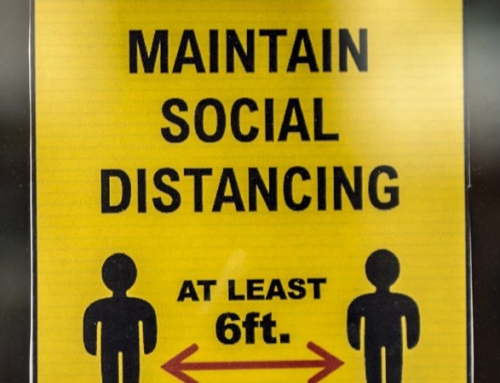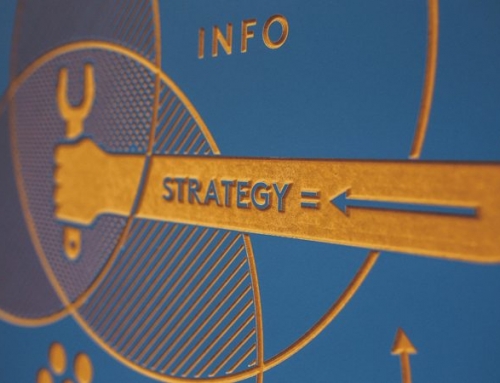Whether you are recording a podcast, filming a video diary, or hosting a live stream, the choice between using scripted and unscripted content is a difficult one to make. Both approaches can have their merits and downfalls and what works for one style of business or content provider may be totally inappropriate for somebody else. In this article, we discuss the positives and negatives of both strategies and how you can adapt and refine them to create content that performs.
Scripted Content
For nervous people, those who tend to go off on a tangent or inexperienced content creators, scripted content is arguably the best place to start. Having a clear structure to focus on as well as a running order to remind of you what topics you have covered and what is still to come means that you can focus on making your speaking voice as clear as possible. Writing a script in advance also allows to run through any potential issues you may have with presenting the information to your audience. In digital marketing, there is not always time for a lengthy editing process but reading through the script before you go to film or recording means you can identify and correct anything problematic before you start.
Another advantage of using the scripted approach to your content creation is that it allows you to include clear beginnings and endings to certain sections. This is particularly important if you are podcasting or recording for YouTube and need to include adverts from your sponsors. Though stream of consciousness, off the cuff style delivery can be very entertaining when done properly, it can also lead to missed cues and poor segues, both of which makes you look unprofessional.
Should I use scripted content?
If you are a professional business that deals with other professional people on a regular basis, then yes, you should probably incorporate at least some element of scripted content so that you do not stand out for all of the wrong reasons. Though you may like to freestyle and keep things spontaneous for some things, business related podcasts, content that represents things like financial institutions or other reputable organisations are usually expected to adopt a relatively conservative, structured approach to content creation.
If you are a smaller, start up style business or work in an industry where being too formal can be seen as a little bit “stuffy” then scripted content may not be for you. As with the corporate world, a certain element of structure can be helpful, but if current trends are anything to go by, people often enjoy the sense of freedom and the organic feel that comes from ad-libbed or improvised discussions.
Unscripted Content
If you have watched or listened to any of the world’s most popular YouTube channels and podcasts, you will know that it’s not always the super serious, heavily structured content that performs the best. People often like to hear whimsical ideas and tangents, providing they are entertaining, amusing or generally interesting enough to warrant being included. Sometimes the most insightful, hilarious, and unique content is created in moments that were totally unplanned and had nothing to do with the original idea that was being discussed.
For livestreaming, unscripted content is often the preferred format because it allows the content creators to react to their audience in real time by engaging with the chat room or responding to breaking news stories. This is much harder than it looks and requires practice, courage, and the ability to think on your feet. Local radio DJs and late-night TV show hosts have been using this presentation style for some time and though it can be fine for some circumstances, too much of it can be become very grating to the viewer or listener. Directionless rants, lots of erms and ahs or repetition should be avoided at all costs otherwise you will lose your audience quickly.
Should I use unscripted content?
Again, this will depend on what you are trying to do but generally speaking, a little bit of unscripted content demonstrates that you are moving with the times. For industries that have a young, media savvy audience, unscripted or at least only “partially scripted” is par for the course and anything resembling an old fashioned radio broadcast or a news report from the days of black and white TV will alienate everybody but older viewers or subscribers.
It is important to be realistic about the quality of content and to review it regularly. Though you and the people in the office may think that what you have recorded is hilarious or really insightful, your audience may not be quite as convinced. Unscripted content can be painful to listen to when it lacks purpose or direction or when it is full of awkward moments that do not really go anywhere. Guests who sound nervous or unnatural also present a problem. Make sure that if you are going to try and improvise, that you have at least developed some of the basic presentation and discourse skills that allow you to do so effectively.
Summary
A mixture of both scripted and unscripted content is usually the preferred style for the most successful marketing-based content. Calls to action need to be clear and recognisable and this can be difficult to do when your content sounds like an unplanned conversation. If you do not need to include direct selling to your content, totally unplanned can work well. Though it is not for everybody, long form, unplanned material that is quite light on actual substance is growing in popularity, especially amongst those who are looking for “background” content, rather than something to focus on directly. The key is to create the kind of material that you would be happy listening to or watching yourself. If you find yourself cringing or wishing that you had rephrased something in a different way, it is time to review your strategy.






